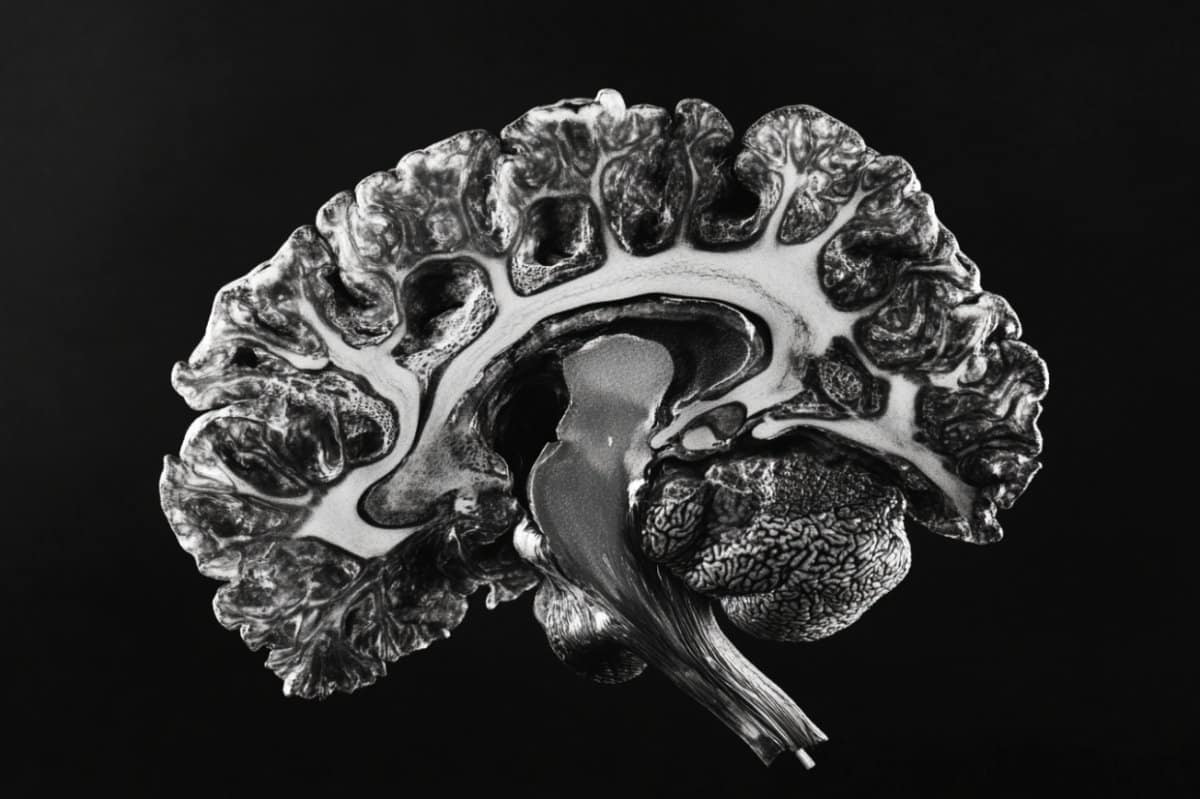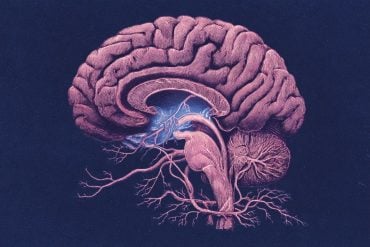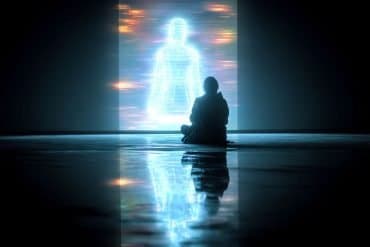Summary: A groundbreaking study has shown that multiple sclerosis (MS) can now be accurately diagnosed with a specialized MRI scan, eliminating the need for invasive and often painful lumbar punctures. The scan, which takes just 8 minutes, detects brain lesions centered on veins—a hallmark of MS—using a technique called T2*-weighted MRI.
Researchers introduced a simple diagnostic guideline known as the “rule of six,” confirming MS if six vein-centered lesions are found. This method not only improves patient comfort and reduces diagnostic delays but could also save healthcare systems millions by reducing hospital stays and complications from lumbar punctures.
Key Facts:
- Non-Invasive Diagnosis: The 8-minute MRI replaces the need for painful lumbar punctures.
- ‘Rule of Six’: Finding six vein-centered brain lesions confirms MS diagnosis.
- Cost and Time Savings: Could save the NHS up to £5 million annually and speed up diagnosis by 3 months.
Source: University of Nottingham
Experts from the University of Nottingham have proven that multiple sclerosis (MS) can successfully be diagnosed using an MRI scan, meaning patients no longer need to undergo a painful lumbar puncture.
In the new study, published in Neurology Open Access, an official journal of the American Academy of Neurology, experts from the School of Medicine found that by using a new MRI scan, they could successfully diagnose MS in 8 minutes.

The findings could provide the NHS with a scientific approach to diagnosing MS which is safer, more cost effective and more importantly acceptable to patients.
The study was funded by the National Institute for Health and Care Research (NIHR).
MS is a neurological condition which affects around 150,000 people in the UK. It is notoriously difficult to diagnose as it has many symptoms but not all sufferers experience all of them and the disease can progress at different rates.
There is currently no agreement on the best way to diagnose MS. Frequently, people suspected of having MS have a standard MRI scan and undergo a lumbar puncture, where a thin needle is inserted between the bones in the lower spine.
Patients often report they find it painful, and it can cause unintended complications requiring hospitalisation or time off work to recover. Although the fluid taken during a lumbar puncture can show evidence of disease, this is not always the case.
Abnormalities are not found in everyone who has MS. Some people with conditions that can mimic MS, but need very different treatment, have similar lumbar puncture abnormalities. Both problems can lead to misdiagnosis.
The lead author of the study, Professor Nikos Evangelou, Clinical Professor of Neurology at the University said: “More than half of all people diagnosed with MS in the UK have had at least one lumbar puncture, following the suspicion of MS diagnosis.
The findings of our research are particularly exciting as we have now shown that we can give the diagnosis of MS without this painful procedure.”
The team used a clinical MRI scanner, of the type all neuroscience centres have, to carry out a special type of scan called a T2*-weighted MRI which is able to reveal lesions in the brain’s white matter that are centred on a vein — a known indicator of MS.
For a conclusive diagnosis of MS, the team developed the ‘rule of six’, whereby if there were six lesions found with a central vein, this confirmed a diagnosis of MS without having to analyse all lesions.
The team carried out a prospective study, in Nottingham, Cardiff and London with patients who had a suspected, but not definite diagnosis of MS. Each patient was given an 8-minute MRI scan and a lumbar puncture and after 18 months, they were able to find out what the diagnosis was and whether it matched that of their initial scan.
The results show that the use of the T2*-weighted MRI along with the ‘rule of six’, supported the diagnosis of MS as an alternative to a lumbar puncture.
As a result of this study and previous research conducted in Nottingham and in the USA the International Committee for the diagnosis of MS, recently announced that the MRI scan, as first proposed by the Nottingham research team, is enough to diagnose MS. A lumbar puncture is no longer needed.
Professor Evangelou adds: “Not only will our findings have huge benefits for patients, but it will also mean cost savings for the NHS.
“People who have lumbar punctures are required to spend at least most of a day in hospital, and for a health service already at capacity, this creates more issues. If there are complications with the lumbar puncture the stay can be longer. With the MRI scan, it takes 8 minutes, is completely safe, and then you can go home.
“On average, we think we will reach the diagnosis three months earlier and the change could save the NHS up to five million pounds each year, which can be reinvested in better services for our MS patients.”
About this MS and neuroimaging research news
Author: Charlotte Wall
Source: University of Nottingham
Contact: Charlotte Wall – University of Nottingham
Image: The image is credited to Neuroscience News
Original Research: Open access.
“Comparison of the Diagnostic Performance of the Central Vein Sign and CSF Oligoclonal Bands Supporting the Diagnosis of Multiple Sclerosis” by Nikos Evangelou et al. Neurology Open Access
Abstract
Comparison of the Diagnostic Performance of the Central Vein Sign and CSF Oligoclonal Bands Supporting the Diagnosis of Multiple Sclerosis
Background and Objectives
The central vein sign (CVS) describes the presence of venules within multiple sclerosis (MS) brain lesions, visible on T2*-weighted MRI. In the upcoming revision of the MS diagnostic criteria, the simplified “rule of 6” (i.e., finding 6 lesions with a central venule) can support the diagnosis of MS as an alternative to lumbar puncture (LP).
We evaluated whether a T2*-weighted MRI scan is more sensitive than oligoclonal bands (OCBs) for diagnosing MS at presentation with a typical clinically isolated syndrome (CIS). We also compared the tolerability of LP and the additional MRI.
Methods
Participants requiring an LP to meet the 2017 McDonald diagnostic criteria for MS were enrolled in this multicenter, prospective, diagnostic superiority study from 3 UK neuroscience centers.
A six-minute T2*-weighted sequence was used to assess the CVS using 2 definitions: a 40% threshold of all eligible lesions and the rule of 6. These were compared with OCBs, using the clinical diagnosis at 18 months as the reference standard.
Results
Of 113 participants, 99 (mean age: 38, female: 73%) have completed all study activities: 80 were diagnosed with MS, 10 remained CIS, 8 had alternative diagnoses, and 1 remained without a diagnosis. No significant difference in diagnostic sensitivity was detected between 40% CVS threshold (90% [CI 81%–96%]) and OCB testing (84% [CI 74%–91%]) (p = 0.332).
The rule of 6 had a sensitivity of 91% (CI 83%–96%). Side effects were reported by 75% following LP compared with 9% following MRI. All participants preferred their MRI scan over their LP.
Discussion
CVS and OCB testing is equally sensitive in supporting the diagnosis of MS in cases of typical CIS. CVS assessed using the 40% threshold, and the simpler rule of 6 produces equivalent diagnostic performance.
Compared with OCB testing, CVS testing seems safer and better tolerated by patients. Further studies are needed to evaluate CVS specificity, particularly outside of typical CIS cases, as studied here.
Classification of Evidence
This study provides Class IV evidence that CSF OCBs and the CVS are equally sensitive in supporting a diagnosis of MS in patients presenting with CIS.







